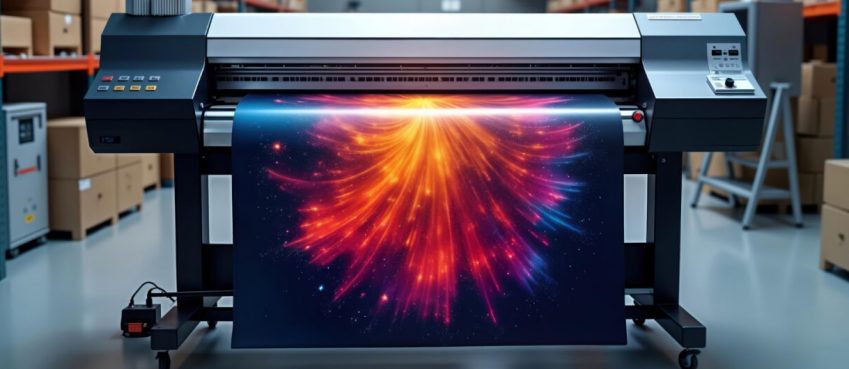
The topic of video streaming is wide and rich with concepts and terms, such as OTT, IPTV, VOD, AVOD, live streaming, and many more. In general, all these terms refer to the content delivery modes. However, they differ from each other.
In this article, we are trying to explain the difference between these video streaming terms. Let’s start.
Also read: The Proven Top 10 No-Code Platforms of 2021IPTV
What is IPTV? IPTV refers to Internet Protocol Television. It is a delivery method that transmits content through LAN/WAN (Local Area Network/Wide Area Network). IPTV doesn’t usually demand much internet bandwidth.
For IPTV, it is necessary for a viewer to be within the borders of the dedicated network. If they are outside the network, they won’t be able to access the IPTV video streaming service.
Usually, to watch content on the IPTV platform, customers need a set-top box connected to a router to operate. Without proper hardware, it isn’t easy to get access to video content on the service.
To conclude, IPTV ensures a closed and controlled network that requires additional equipment so that viewers can use it.
OTT
OTT refers to Over-The-Top. Here, the content is delivered via the public internet. An OTT service doesn’t require additional equipment and can be accessed almost from anywhere. However, a provider can forbid some locations to access their service.
A viewer needs an Internet connection to watch videos on the OTT platform. Moreover, OTT platforms are available on multiple platforms and devices, including Smart TVs, smartphones, tablets, and laptops.
For OTT services, it is a vital question what the internet speed and bandwidth are. They depend on these two.
VOD
VOD is not a delivery method. It is a format of consuming media. Why is it revolutionary? Let’s explain.
We are used to the fact that television programs are usually played on a certain day at a certain time. Viewers needed to wait for a show to air to enjoy it. There was almost no way you could watch it another day.
But the VOD format changed that. Video-On-Demand content is available for viewers at any time they want. It is the reason why people love VOD services and use them more and more. It is the reason why cord-cutting began around the world.
What is more, VOD services allow people to watch more than one episode. They can binge-watch. There is no need, for example, to wait a week to watch the next part of the series.
Live streaming
Live streaming is content delivery in real-time. The video isn’t recorded first and stored on servers. Live streaming is when the speaker talks and records the video, and it is transmitted immediately.
The content is created in real-time. There is no way you can cut out scenes you don’t like or somehow change what you have created. You cannot edit the live-streaming video. However, you can turn it into a video available on demand after your live event ends.
Also read: Top 10 IT Skills in Demand for 2021Final Thoughts
The video streaming industry changed the way we consume media and the media industry itself. Today, not only broadcasting companies own television programs and decide what programs people are going to watch in the evening.
Companies and businesses from various fields can launch their IPTV/OTT platforms. They can become content creators and share their knowledge and expertise with viewers. And VOD content makes it more convenient for them to watch videos.
If you want to create your own content and launch an IPTV/OTT platform, we recommend you contact Setplex. They can offer a solution to achieve your goals.
Top 10 News
-
01
Top 10 Deep Learning Multimodal Models & Their Uses
Tuesday August 12, 2025
-
02
10 Google AI Mode Facts That Every SEOs Should Know (And Wha...
Friday July 4, 2025
-
03
Top 10 visionOS 26 Features & Announcement (With Video)
Thursday June 12, 2025
-
04
Top 10 Veo 3 AI Video Generators in 2025 (Compared & Te...
Tuesday June 10, 2025
-
05
Top 10 AI GPUs That Can Increase Work Productivity By 30% (W...
Wednesday May 28, 2025
-
06
[10 BEST] AI Influencer Generator Apps Trending Right Now
Monday March 17, 2025
-
07
The 10 Best Companies Providing Electric Fencing For Busines...
Tuesday March 11, 2025
-
08
Top 10 Social Security Fairness Act Benefits In 2025
Wednesday March 5, 2025
-
09
Top 10 AI Infrastructure Companies In The World
Tuesday February 11, 2025
-
10
What Are Top 10 Blood Thinners To Minimize Heart Disease?
Wednesday January 22, 2025







